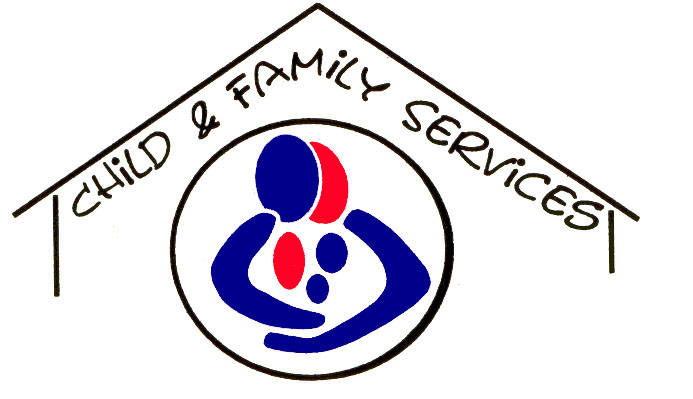Hotline Calls by Referral Type
Measure
The number and result of reports (i.e., referrals) received by the Child and Family Services Agency’s Child Protective Services.
How This Is Measured
The "status" indicates the decision made regarding opening an investigation during the month
- Information & Referral (I&R): Reports that refer the caller for services or activities provided by other public agencies or private service providers. Such services may include a brief assessment of client needs (but not a diagnosis or evaluation) to facilitate an appropriate referral to community resources or to services provided by another jurisdiction. The following types of reports are assigned as I&Rs: children who are missing, absent or abducted (and their return from this status); assaults (non-CPS), complaint (non-CPS), courtesy interviews (for a investigation being conducted by another state where a key party is a resident of DC); curfew violations; general information requests; and protective service alerts.
- Accepted for investigation: the hotline call resulted in a new investigation being opened on the family.
- Accepted linked: the hotline call was accepted and was linked to an existing open investigation on the family. This was an additional call to the hotline, but it did not result in a new investigation.
- Screened Out: Call does not meet the requirements for investigation:
- Does not concern child abuse or neglect
- Does not contain enough information for a CPS response to occur
- Response by another agency is deemed more appropriate
- Children in the referral are older than 18 years old
*Options at the bottom allows filtering by the setting where the abuse and/or neglect occurred.
Institutional abuse: allegations of neglect and/or abuse (including some allegations of sexual abuse) reported in the following locations within the District: foster homes; congregate care facilities; residential hospital facilities; emergency care facilities, including runaway shelters and youth shelters; boarding schools and traditional day schools (excepting DC Public Schools); licensed daycare facilities or homes, or the Youth Services Center (Department of Youth Rehabilitation Services juvenile detention center).
Non-institutional abuse: allegations of neglect and/or abuse by the child’s caretaker that are reported to have occurred within the District.
Why This Matters
Tracking trends in the reports of abuse and neglect help the Agency to forecast the needs of the Agency. Examples include staffing needs and service needs. This also helps to better understand monthly trends to ensure that the Agency is prepared for seasonal influxes in reporting.
Hotline Calls by Reporting Source
This dashboard shows the number of hotline calls to the Child Abuse and Neglect Reporting Hotline, or the Educational Neglect Triage Unit, made by types of reporters. A referral may be for one child or for multiple children.
How This is Measured
While the hotline report captures this at the individual reporting source level, in the visualization below similar types of reporters were grouped together for increased clarity in trends. An example of this is that the medical professional category includes dentist/optometrist, hospital staff, nurse/medical professional, and physician.
Note: Filters at the top right allow for filtering by time period, and referral type or status (described above).
Why This Matters
It is important for the Agency to track who is reporting abuse and neglect, and the outcome of accepted investigations by reporting source. This helps the Agency to determine training needs for Mandated Reporter training in the community, and can help build cross-agency communication and collaboration.



